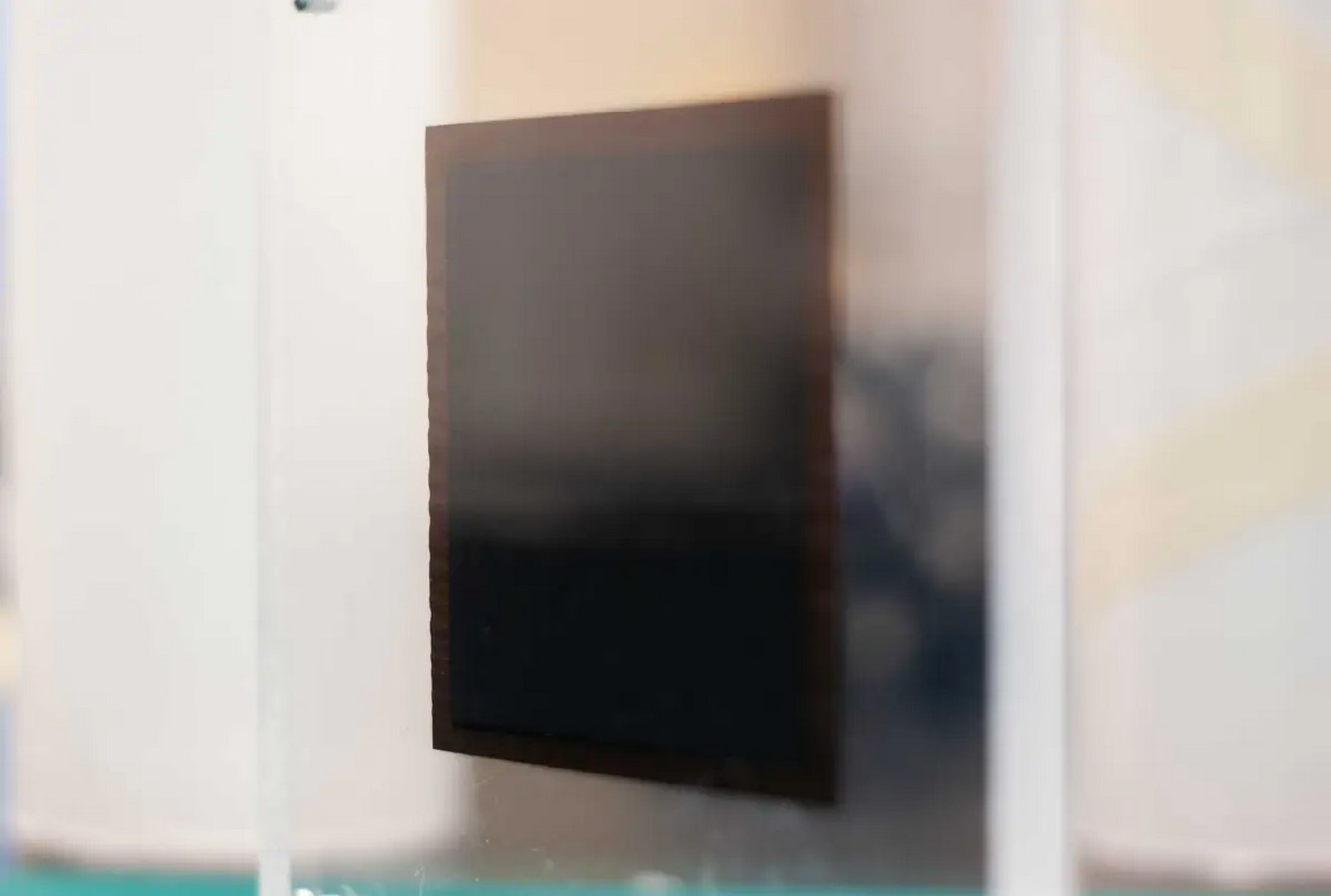Hydrogen, often plagued by the chicken-and-egg dilemma, lacks sufficient demand to entice suppliers while facing supply shortages due to limited demand. However, one startup believes it has the solution for both ends of the spectrum.

Nanoparticle Coating for Enhanced Efficiency
Chicago-based Celadyne has unveiled a nanoparticle coating designed for application on existing fuel cell and electrolyzer membranes. This innovation has the potential to significantly enhance the durability of fuel cell designs and improve hydrogen production efficiency by 15% to 20%, according to Gary Ong, the company’s founder and CEO.
Seed Round Funding and Future Plans
Recently, Celadyne secured a $4.5 million seed round, led by Dynamo Ventures and Maniv, with participation from EPS Ventures. The funding aims to ramp up manufacturing of the nanoparticle coating, facilitating further testing to validate its durability and efficiency claims.
Addressing Both Demand and Supply
Recognizing the necessity of tackling both demand and supply issues in the hydrogen ecosystem, Celadyne aims to contribute to industrial decarbonization. By focusing on membrane enhancements, the startup seeks to address critical challenges faced by fuel cells and electrolyzers.
Overcoming Membrane Challenges
The proton-exchange membrane (PEM) in fuel cells and electrolyzers is susceptible to hydrogen crossover, impacting both durability and safety. Celadyne’s technology offers a solution by allowing for thinner membranes coated with crystalline metal oxides like titanium oxide, thus mitigating hydrogen crossover risks.
Cost Reduction and Market Potential
Celadyne’s coating technology not only enhances efficiency but also reduces production costs. Leveraging the green hydrogen production tax credit and innovative membrane coatings, the startup aims to lower hydrogen production costs to a competitive level against fossil fuels.
Expansion Plans and Industry Collaborations
Celadyne has initiated discussions with automotive companies and collaborated with a Northeast grid partner for an electrolyzer project. While initially focusing on membrane materials for automotive and trucking companies, the startup plans to venture into electrolyzer production for utilities and oil and gas companies.
Conclusion: Scaling for Success
Celadyne’s approach to the hydrogen market offers a promising solution to the chicken-and-egg problem. However, its success hinges on scaling production of its nanoparticle coating. Despite the challenges, Celadyne’s ambitious vision underscores the resilience and innovation characteristic of successful startups.



